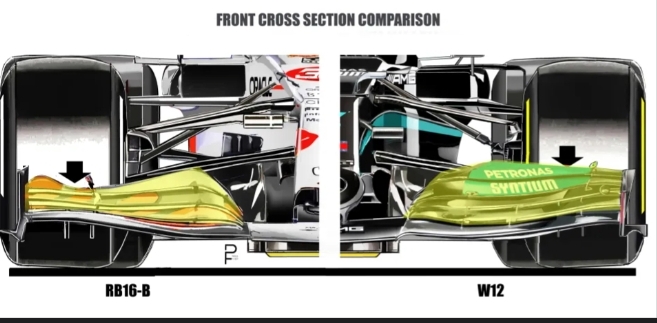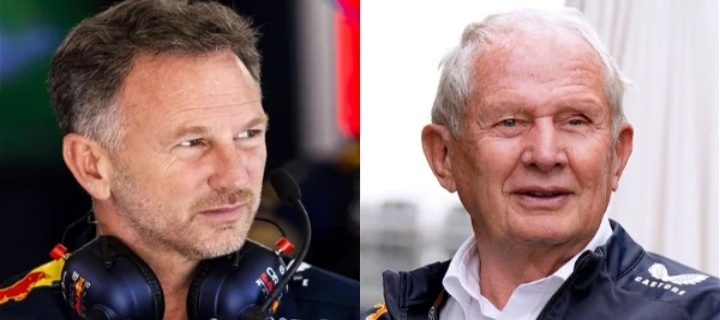Top secrets behind Verstappen’s three title-winning Red Bulls Reveal.
Paolo Filisetti, (Formula1 technical)technical analyst for RacingNews365, takes a look at all three championship cars of World Champion Max Verstappen.
Max Verstappen won three world championships in Qatar, making him one of the greatest Formula 1 drivers of all time.
But the Dutch racer’s incredible talent alone wasn’t enough to conquer the world: to do that, he needed the machine at his feet.
This in no way diminishes Verstappen’s enormous contribution, and a simple comparison with teammate Sergio Perez shows how important the combination between driver and car is. The human factor is essential.
In this analysis, we will zoom in on the technical framework of Verstappen’s three championship cars to understand how he was able to conquer and then retain his world championship.
2021: RB16B.
Despite what the “B” in the name suggests, the RB16B is not a transitional car.
Red Bull set its sights high at the start of 2021, and from the start, expectations were met:
Extreme rear aerodynamics and minimalist gearbox for an aerodynamically elegant car.
One of the secrets, or rather one of the most effective strategies in terms of aerodynamic tuning, is the tilt (lateral tilt) of the car.
This allows the diffuser to be extended along the entire length of the floor, helping to generate more downforce than its competitors – mainly title contender Lewis Hamilton and his Mercedes W12 .
The front fenders can be adjusted for fit, with less profile and a lower slope than competitors.
2022: RB18

Ground effects were reinstated in the technical regulations for 2022, and Adrian Newey and his team’s knowledge and expertise are evident in every last detail of the RB18. Newey’s prior experience with ground effects from the 1980s and his time in CART (now IndyCar) proved invaluable.
The RB18 is unique in terms of design, primarily because of the complexity of the Venturi channel profile under the car and the seamless integration of the car’s aerodynamic philosophy and dynamic management—in terms of the suspension.
An “anti-dive effect” is provided by the pull-rod suspension at the front, which is distinguished by a sharp slope toward the higher wishbones. Less stress strengthens this result.
This also made the introduction of Technical Directive 039 at the 2022 Belgian Grand Prix, to combat porpoising, irrelevant to the team.
2023: RB19
The RB19 first appears to be a straightforward development of the 2022 RB18, which amassed 17 victories and returned the Constructors’ Championship to Milton Keynes for the first time since 2013.
But in practice, the RB19 is substantially lighter than its predecessor, which ingeniously conceals the car’s extreme aerodynamic and performance principles.
The 2022 car’s weight was its one serious flaw; it was initially 12 kg heavier than its closest competitor.
A lighter chassis was created in the summer of 2022, but it was never used even though it served as the inspiration for the RB19 chassis.
This, together with ongoing aerodynamic refinement around the floor edge, sidepod inlet form, and lower airflow.






